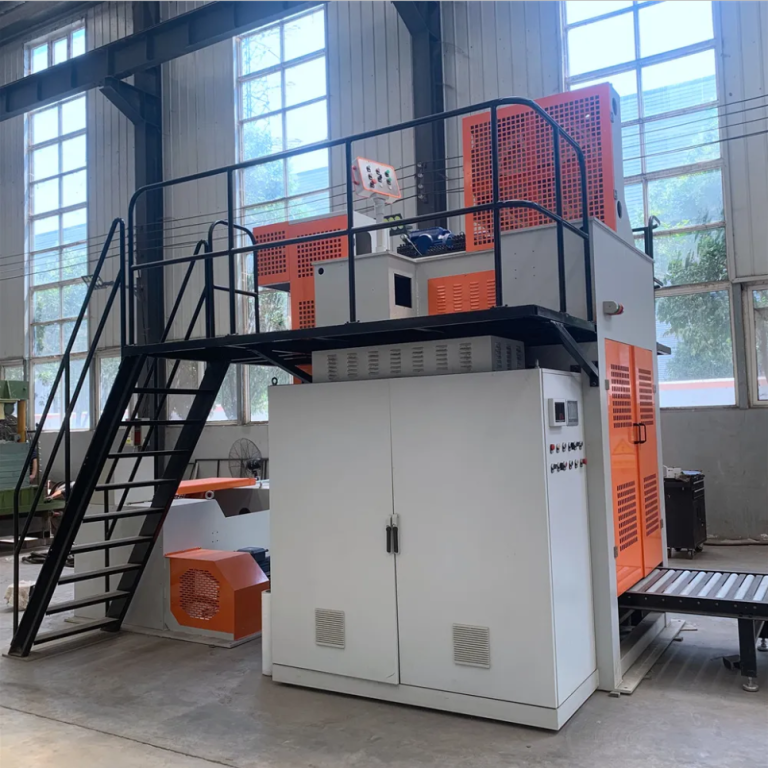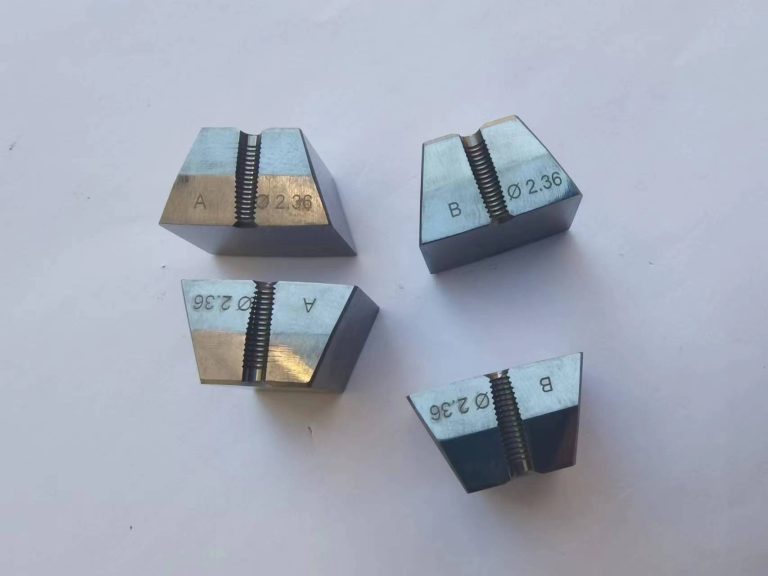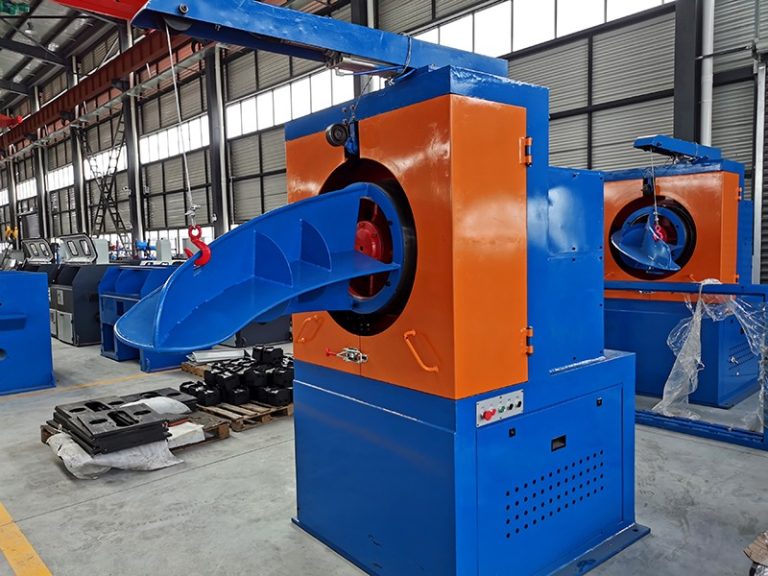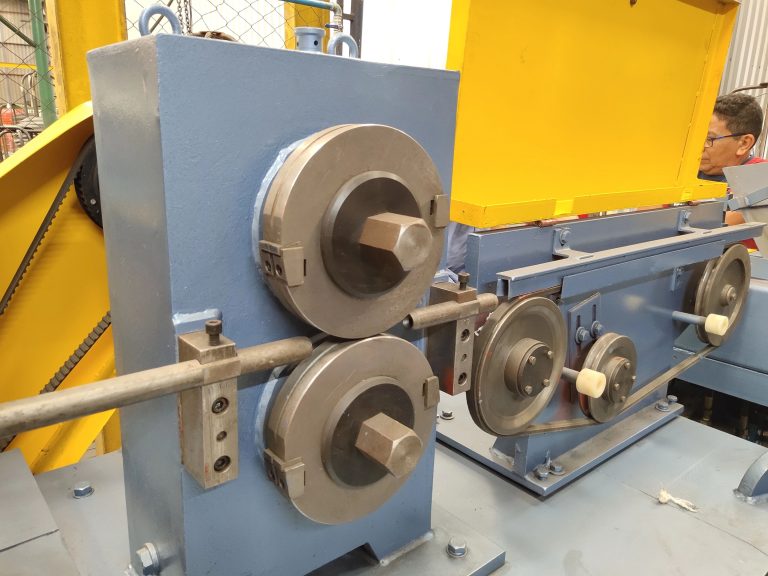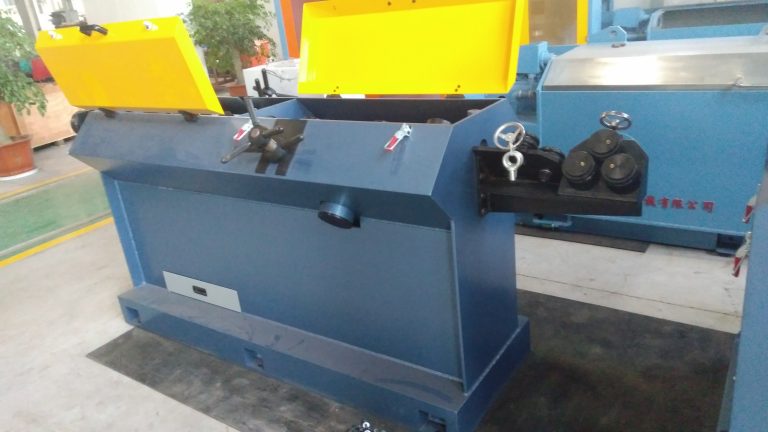How to Properly Maintain and Troubleshoot Dead Block Coiler for Drawing Machine
Dead block coilers are an essential component of drawing machines used in the manufacturing industry. These devices are responsible for coiling the wire or cable produced by the drawing machine, ensuring that it is neatly wound and ready for further processing. Proper maintenance and troubleshooting of dead block coilers are crucial to ensure the smooth operation of the drawing machine and prevent costly downtime.
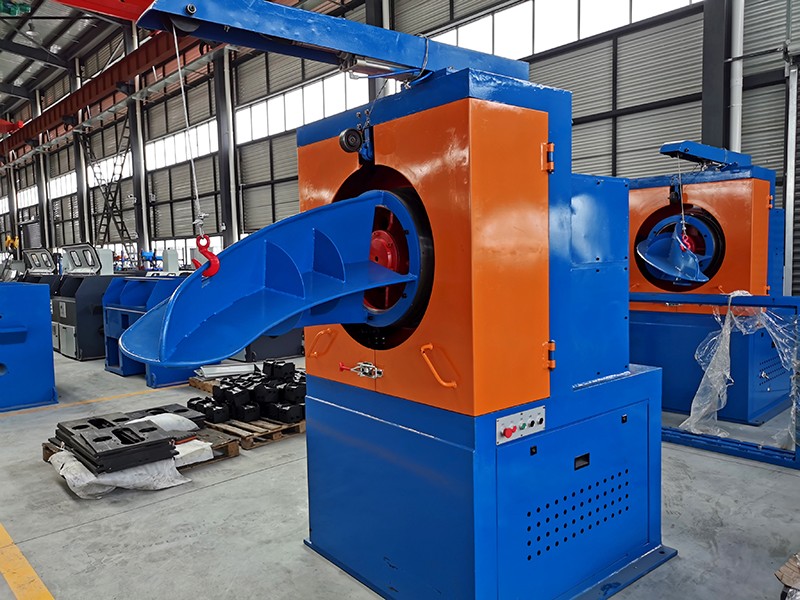
One of the most important aspects of maintaining a dead block coiler is regular cleaning and lubrication. Over time, dust, dirt, and debris can accumulate on the coiler, causing it to operate less efficiently. By regularly cleaning the coiler and applying lubricant to moving parts, you can prevent wear and tear and extend the lifespan of the machine.
In addition to regular cleaning and lubrication, it is also important to inspect the coiler for any signs of damage or wear. Check for loose or missing bolts, worn bearings, and damaged components. If any issues are found, they should be addressed promptly to prevent further damage and ensure the continued operation of the coiler.
Another important aspect of maintaining a dead block coiler is monitoring the tension of the wire or cable being coiled. Proper tension is crucial to ensure that the wire is wound evenly and does not become tangled or damaged. If the tension is too high or too low, it can cause issues with the coiling process and result in poor-quality coils.
To troubleshoot issues with a dead block coiler, it is important to first identify the problem. Common issues with coilers include uneven coiling, tangling of the wire, and excessive noise during operation. By observing the coiler while it is in use, you can often pinpoint the source of the problem and take appropriate action to resolve it.
If the coiler is producing uneven coils, it may be due to an issue with the tension or alignment of the wire. Adjusting the tension or realigning the wire can often correct this issue. If the wire is tangling during coiling, it may be due to a problem with the spool or guide rollers. Inspecting these components and making any necessary repairs or adjustments can help prevent tangling.
Excessive noise during operation of the coiler can indicate a problem with the bearings or other moving parts. Inspect the coiler for signs of wear or damage, and replace any worn components as needed. Regular maintenance and inspection of the coiler can help prevent issues such as these and ensure that the machine operates smoothly and efficiently.
In conclusion, proper maintenance and troubleshooting of dead block coilers are essential for ensuring the smooth operation of drawing machines in the manufacturing industry. By regularly cleaning and lubricating the coiler, inspecting for damage or wear, monitoring wire tension, and troubleshooting common issues, you can prevent costly downtime and keep your drawing machine running at peak performance. Remember to address any issues promptly and make necessary repairs to keep your coiler in optimal condition.


